Trey Anastasio
Take a look below at Trey’s pedal line and how you can emulate his sound with your guitar rig.

Trey Anastasio has always been pushing the limits of the sounds he can get from his guitar. You can see his rig change almost every year they tour, but at it’s core there are a few distinct features Trey uses in his pedal lineup that will help you get the same kind of attack and tone you’ll need to pull off his more distinctive solos and effects.
Chances are slim you can find the exact pedals Trey uses – in fact it’s probably impossible. The alternatives provided below can get you 90% of the way there.
This signal chain is current as of Hampton 2018, even more detail can be found at TreysGuitarRig.com.

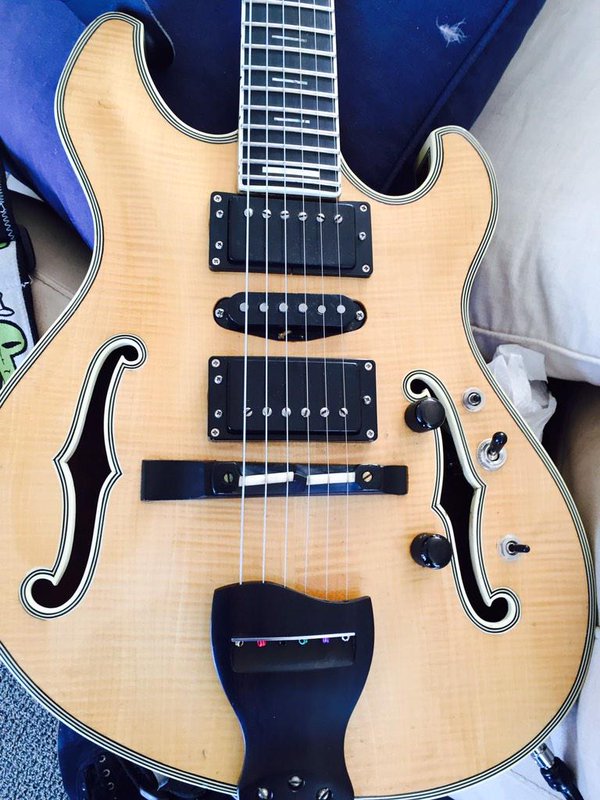
Languedoc Guitars
Old Reliable (‘Mar Mar’)
Built in 1987 by Paul Languedoc, these guitars play a heavy influence in Trey’s signature sound. These guitars are unique, and chances are slim you’ll find one directly from Paul, but the important features that have continued throughout Trey’s guitar line are the hollow body, the 25.5” neck scale, and the double humbuckers installed.
Combined, these play a big role in his sound, but as a cheaper start you can look to find a hollow body guitar, or consider installing a double humbucker on an existing guitar.

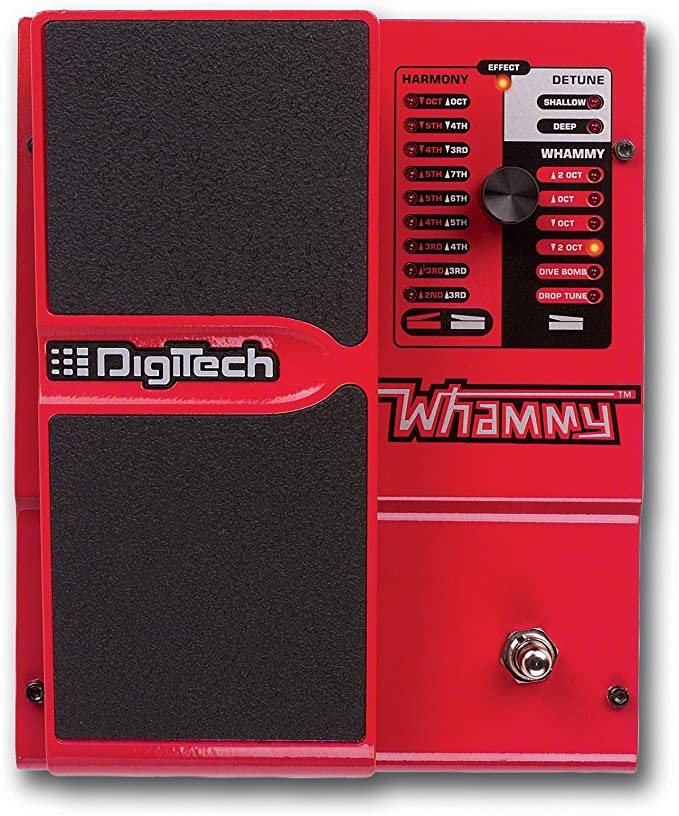
Digitech
Whammy II
The first pedal in Trey’s chain is the Whammy II from Digitech. The Whammy IV+ is pictured here, and you’ll need to do some serious digging to try and find the Whammy II on the open market as it’s not a pedal typically carried in stores.
The more recent Whammy IV and Whammy V models from Digitech are perfectly suited to fit your needs.

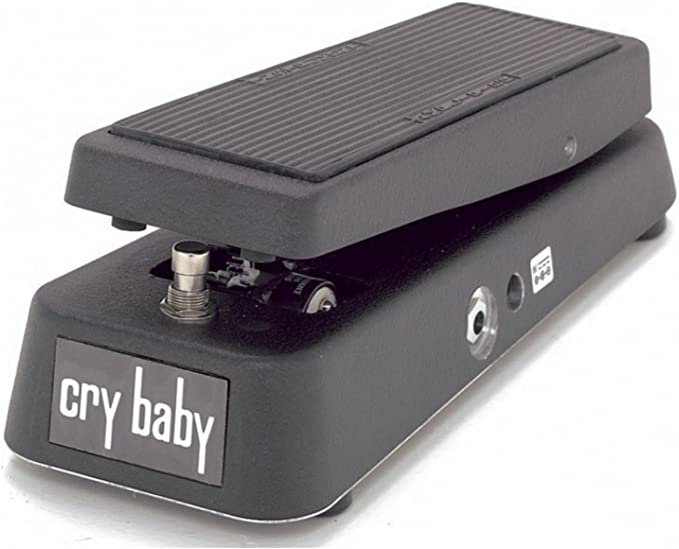
Dunlop
Crybaby GCB-95 Classic Wah Pedal
The first pedal in Trey rig is the Crybaby GCB-95 Classic Wah Pedal. There’s long been debate on whether Trey would stoop to using a widespread pedal with such an arsenal of sound techs at his disposal, but multiple sources have confirmed him as using this pedal.
This Wah pedal is a standard for most guitarists, but what’s interesting is that Trey places this pedal first, or at least early, in his signal line. This means the “wah” effect travels through the rest of the guitar chain which can give the final effect a much different sound.

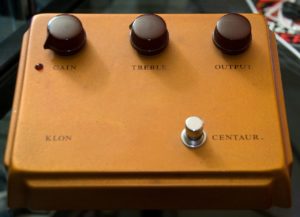
Klon
Centaur
The Klon Centaur is a highly sought after overdrive pedal produced in the early 1990’s by Bill Finnegan.
Only a few thousand were made, and guitarists loved it’s transparent overdrive. These days you’ll need to shell out over $3,000 if you can even locate one, but there are alternatives on the market today you could consider.
Most are homemade, and generally for the intermediate player you can do without this pedal in your line-up and still find the Phish tone you’re looking for.

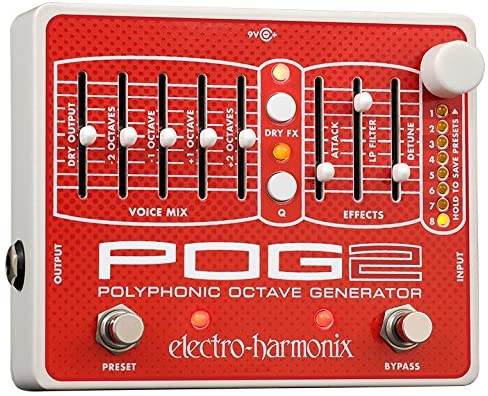
Electro-Harmonix
POG2 – Polyphonic Octave Generator
The Electro-Harmonix POG2 or Polyphonic Octave Generator will produce either one or two octaves below or above the input note. This isn’t an effect that’s active the entire time Trey is playing, but you’ll often hear him switch this on to give his guitar a big “swell” sound, and really increase the lows coming out of the guitar.
This is one of Trey’s pedals that while pricey (at $399 new) still is in production and is available at most outlets.

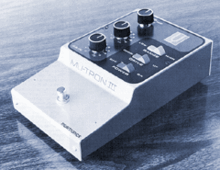
Musitronics
Mu-Tron III
The Electro-Harmonix POG2 or Polyphonic Octave Generator will produce either one or two octaves below or above the input note. This isn’t an effect that’s active the entire time Trey is playing, but you’ll often hear him switch this on to give his guitar a big “swell” sound, and really increase the lows coming out of the guitar.
This is one of Trey’s pedals that while pricey (at $399 new) still is in production and is available at most outlets.


Electro-Harmonix
B9 Organ Machine
The B9 Organ Machine by Electro-Harmonix has always been a staple of Trey’s sound, and while not consistently in use like say a reverb pedal or tube screamer, this pedal can help you emulate large organ sounds from your guitar signal and create multiple layers of sound.
This pedal comes with a plethora of presets from jazz tones, to gospel, to even bell organ.


Dunlop
Way Huge Supa-Puss
They Way Huge Supa-Puss is a tap-tempo analog delay that Trey has been using since 2015. These were originally built by Jeorge Tripps and was eventually bought out by Dunlop.
Luckily these pedals are easily available from the manufacturer, and certainly has it’s uses deeper into solos.

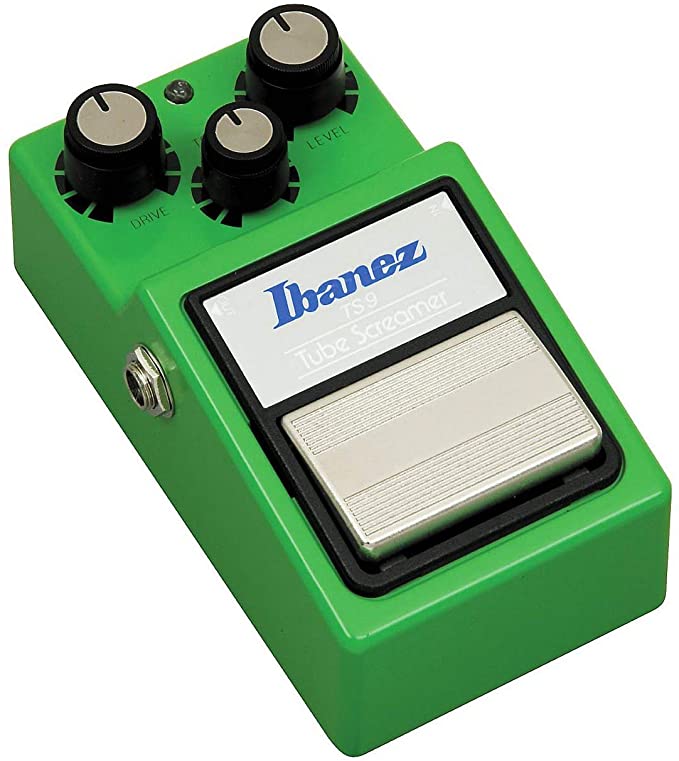
Ibanez
“Less” TS-9/808 Tube Screamer – Silver
The TS-9 is another staple of pedal lines that can help you cut through the mix while maintaining the warmth of your tone. Trey uses two (yes count em’ two) of these in a row, generally most of the time they are both running at very low levels each.
His models contain a custom Silver mod by analogman.com. These are highly sought after but even chaining one of these in your pedal line will get you closer to his tone.
These dual tube screamers are used stacked on top of each other, or seperately, with the first being a lightly distorted boost.


Ibanez
“More” TS-9 Tube Screamer – Silver
The second tube screamer in Trey’s pedal line, this one also uses a custom modification by analogman.com and is commonly labled “More” due to it being dialed into what Trey calls a full-scream.
These stacked tube screamers are a way to get that higher gain sound without needing high gain amplifiers. You’ll find these are a neccesscity to recreating his signature tone.

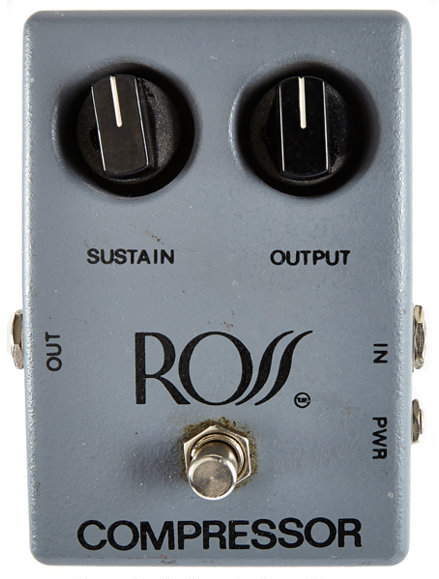
Ross
The Ross Compressor
Here she is – the princess of Trey’s pedal line herself. The Ross Compressor (now recently replaced with the Victoria Reverberato) is pretty much the 5th member of the band at some points, and even Phans without a huge passion for gear can be heard waxing poetic about it during shows.
You’ll find it damn near impossible to find a Ross Compressor in the market, but putting another compressor pedal at this part in your chain can help you

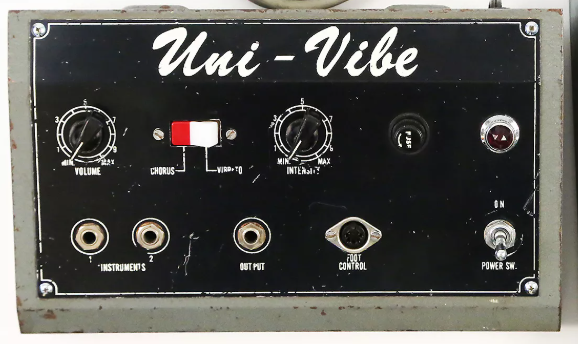
Ross
Shin-Ei Uni Vibe
The Shin-Ei Uni Vibe is a phase shifter that guitarists like Hendrix (and certainly Trey) have used since the 60’s and 70’s. Even used, you’ll be hard-pressed to find a pedal under 2,700 dollars – and that would be for a used version found in somebody’s attic.
This pedal attempts to recreate the doppler effect you would get in a Leslie speaker, but while the pedal failed at this goal, it’s become sought after by many guitarists.

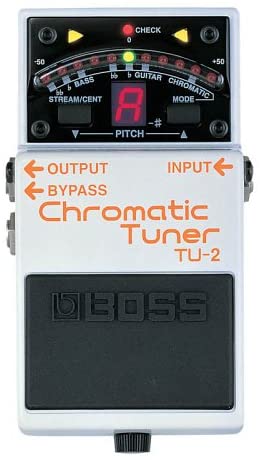
Boss
TU-2 Pedal Tuner
The Boss TU-2 Pedal Tuner is a staple of any musician – whether you’re touring or playing in bars. While Trey uses the TU-2 Model, you won’t find any difference using the latest model, a TU-3.
Those of you chasing an exact replica of his rig can find used TU-2’s available, though the price is always ballooned due to collector demand.

A Final Word On This Guide:
As stated at the outset, this is BY NO MEANS a complete overview of the possible types of pedals your rock pedalboard can house, but merely the beginning. There is so much more to explore within and beyond just these three types of effects. But once you have selected the overdrive/distortion, phaser, and delay/echo you like, you can then consider pedals like a wah, an octave pedal, or one that improves upon effects your amp already has like reverb and EQ. The field is wide, now plug in and experiment!
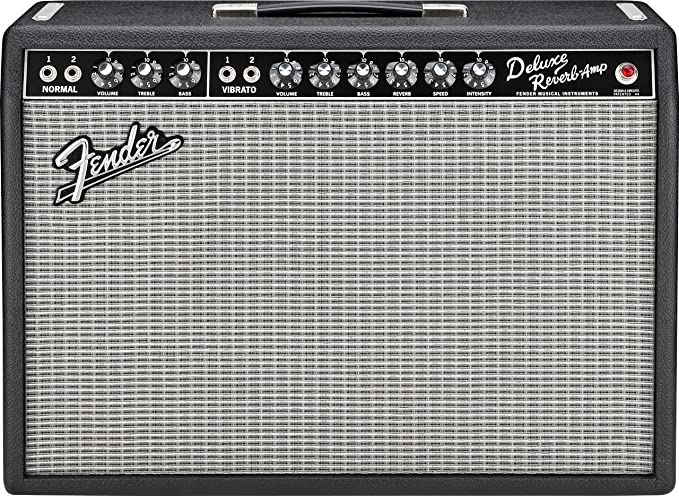
FENDER
Deluxe Reverb
Fender’s Deluxe Reverb line is a long lasting amp that you can use to practice at home, or bring out to gigs. Trey uses a multitude of amps, but this one is the most reliable and won’t pigeon hole you into one style or genre of music – you can use this amp for anything.
Since you have the dual Ibanez tube screamers, you dont have to depend on the volume of the amp to drive your overdrive, and you can get a cleaner sound out of the amp while still getting the tone you’d want from a larger stage.
